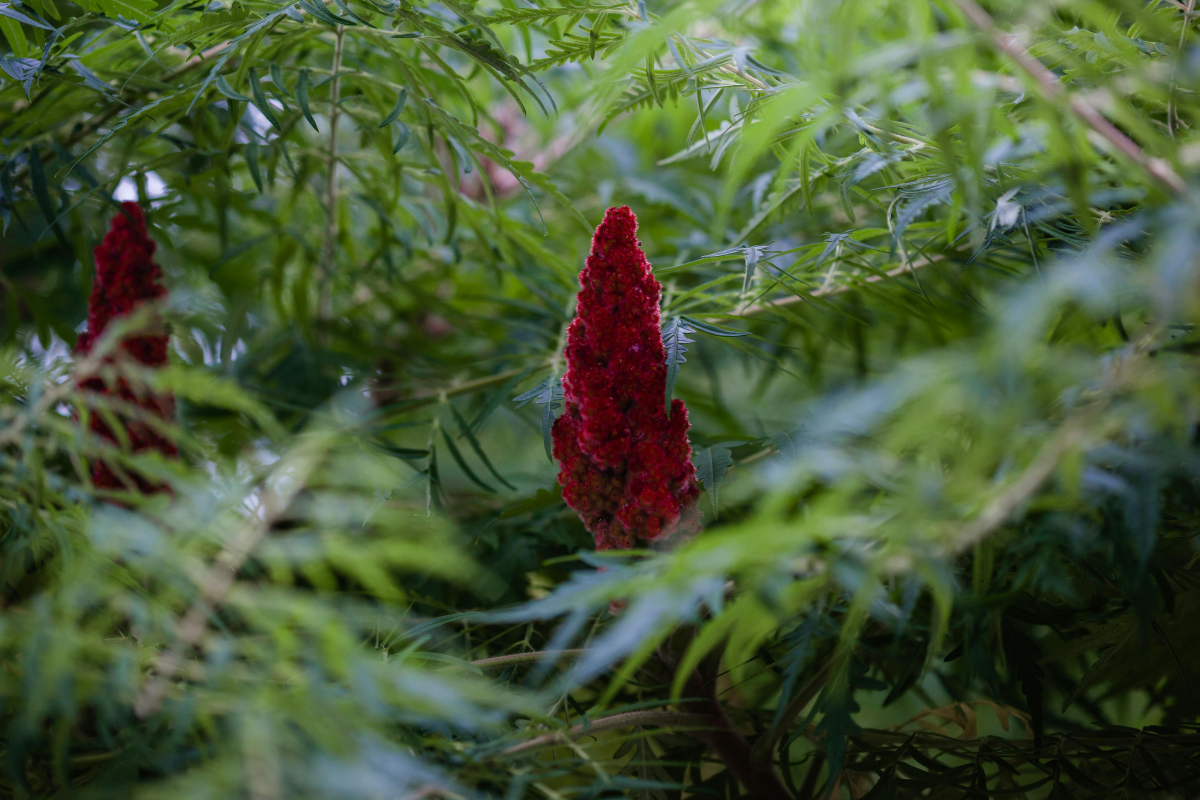Everything You Need To Know About Growing A Staghorn Tree
The Staghorn tree has striking and unparalleled beauty. Thanks to this, it stands as a majestic addition to any collection of plants. This unique species has garnered widespread admiration among both indoor plant and outdoor gardening enthusiasts. This tree is characterized by its distinct foliage, which elegantly mirrors the antlers of a stag. The Staghorn is more than a mere plant. It’s a botanical marvel that commands attention. This tree’s intriguing growth patterns and lush, verdant fronds make it a focal point in any setting. Be it a cozy corner of a living room or the centerpiece of a garden. […]
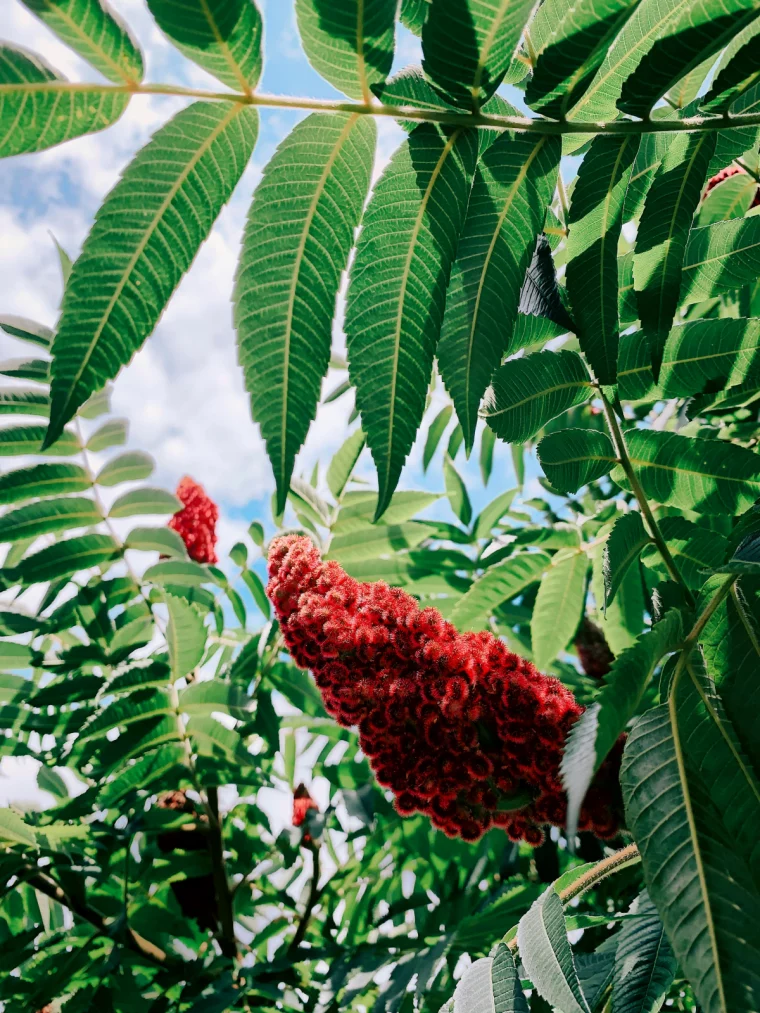
The Staghorn tree has striking and unparalleled beauty. Thanks to this, it stands as a majestic addition to any collection of plants. This unique species has garnered widespread admiration among both indoor plant and outdoor gardening enthusiasts. This tree is characterized by its distinct foliage, which elegantly mirrors the antlers of a stag. The Staghorn is more than a mere plant. It’s a botanical marvel that commands attention. This tree’s intriguing growth patterns and lush, verdant fronds make it a focal point in any setting. Be it a cozy corner of a living room or the centerpiece of a garden. The Staghorn tree’s ability to blend with both modern and traditional decor underscores its versatility and enduring appeal, making it a cherished addition to any plant lover’s collection. That’s why today we will show you how to grow this wonderful plant like a pro.
The Staghorn tree has striking and unparalleled beauty

How To Grow a Staghorn Tree
Gaining a comprehensive understanding of the Staghorn tree is crucial for anyone looking to cultivate this remarkable plant. Originating from the warm, humid climates of subtropical and tropical regions, this tree is celebrated for its dramatic and expansive foliage. The leaves are reminiscent of a stag’s antlers. They give the tree its distinctive name and appearance. The Staghorn exists in various species, each with its own unique set of characteristics and charm. These different species offer a range of aesthetic choices for gardeners and plant enthusiasts. Thus, allowing for a personalized touch in their green spaces. Beyond its visual appeal, this tree holds significant ecological value, contributing to the biodiversity and balance of its native habitats. In cultivated environments, be it as a potted indoor plant or a garden feature, the Staghorn brings a slice of tropical allure, creating an ambiance that’s both exotic and serene.
The leaves are reminiscent of a stag’s antlers
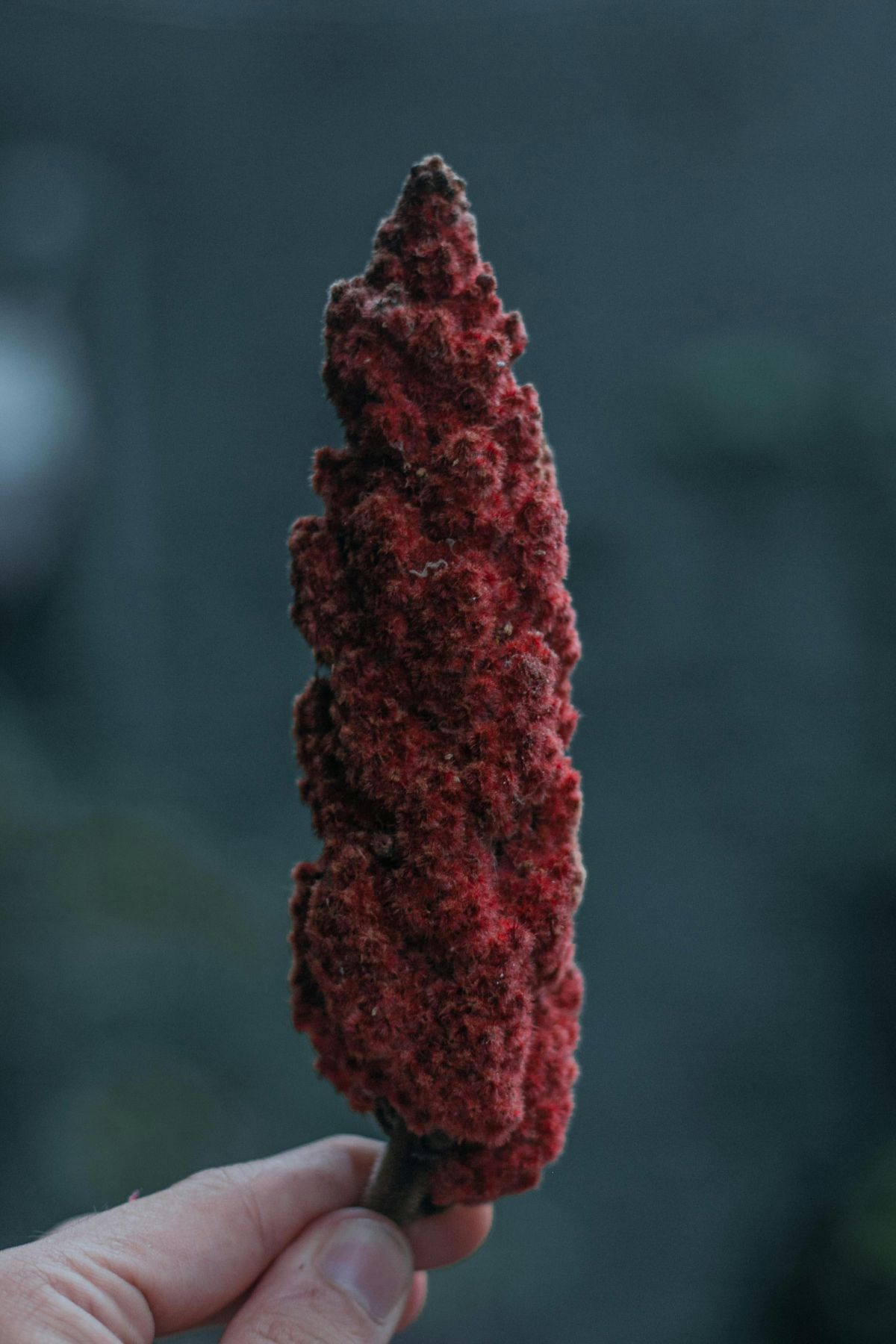
Soil type
The Staghorn tree thrives in a specific type of soil that caters to its unique needs. The ideal soil composition for this plant is one that is well-draining yet able to retain enough moisture to keep the roots hydrated. A mixture of high-quality potting soil, peat, and perlite often works best. This mix provides the right balance of drainage and water retention. As for the pH, the Staghorn prefers a slightly acidic to neutral range. It should be between 5.5 to 7.5. This pH level ensures that the soil nutrients are optimally available to the tree, promoting healthy growth and lush foliage. Regularly checking and adjusting the soil pH is vital to maintain the tree’s health and vitality.
The Staghorn tree thrives in a specific type of soil

Sunlight requirements
Sunlight plays a crucial role in the growth and well-being of the Staghorn. This plant prefers bright, indirect light, as direct sunlight can be too harsh and may lead to leaf burn. A spot that receives filtered sunlight for most of the day is ideal. If grown indoors, placing it near a window with a sheer curtain can provide the perfect amount of light. Outdoors, it does well under the canopy of taller trees where it receives dappled sunlight. While this tree can tolerate some degree of shade, insufficient light may lead to slow growth and a lack of vibrancy in its leaves.
Sunlight plays a crucial role in the growth and well-being of the Staghorn

Climate and temperature
The Staghorn tree’s preference for climate and temperature is closely tied to its tropical origins. It flourishes in warm, humid environments. This makes it well-suited for USDA zones 9 to 11. The ideal temperature range for this tree is between 60 to 80 degrees Fahrenheit. It can tolerate higher temperatures as long as there is ample humidity, but it’s sensitive to cold. Temperatures below 50 degrees Fahrenheit can be harmful, and the tree should be protected from frost. In cooler climates, it’s best grown as an indoor plant or in a greenhouse where the temperature and humidity can be more carefully controlled.
The ideal temperature range for this tree is between 60 to 80 degrees Fahrenheit

Watering
Watering is a critical aspect of caring for the Staghorn. It requires a balance to meet its needs. This plant prefers consistent moisture but does not fare well in waterlogged soil. The frequency of watering largely depends on the environment. More often in warm, dry conditions, and less in cooler, humid ones. As a general rule, allow the top inch of the soil to dry out before watering again. In terms of method, watering deeply and thoroughly ensures the roots receive adequate moisture. It’s essential to avoid wetting the foliage excessively to prevent fungal diseases. During winter, when the tree’s growth slows, reduce the watering frequency to prevent root rot.
This plant prefers consistent moisture but does not fare well in waterlogged soil

Fertilization
The Staghorn tree benefits significantly from regular fertilization. Especially during its active growth phase in spring and summer. A balanced, water-soluble fertilizer, typically with an equal ratio of nitrogen, phosphorus, and potassium, is suitable for this plant. Apply it once a month during the growing season, following the manufacturer’s instructions for dilution and application. In autumn and winter, reduce the frequency to every other month or cease altogether, as the plant’s growth slows down. Avoid over-fertilizing, as this can lead to salt buildup in the soil and potentially harm the plant.
The Staghorn tree benefits significantly from regular fertilization

Pruning techniques
Pruning is vital for maintaining the health and appearance of the Staghorn. The best time to prune is in the spring or early summer when the plant is actively growing. Focus on removing dead or damaged fronds to encourage new growth and improve air circulation. Use clean, sharp pruning shears for a clean cut, which helps the tree heal faster. Be cautious not to over-prune, as this can stress the plant. Regular pruning not only keeps the Staghorn tree looking its best but also helps prevent the spread of pests and diseases by removing potential sites of infection.
Pruning is vital for maintaining the health and appearance of the Staghorn

Pest and disease management
The Staghorn tree can be susceptible to certain pests and diseases. Common ones being scale insects, mealybugs, and fungal diseases like root rot. Regular inspection of the plant is crucial for early detection and treatment. For pests, a gentle cleaning with a soft cloth or a mild insecticidal soap can be effective. For more severe infestations, neem oil or horticultural oil may be used. To prevent fungal diseases, ensure proper watering practices and avoid excessive moisture on the foliage. Good air circulation around the plant also helps reduce the risk of fungal infections. If a disease is present, remove affected parts and treat with an appropriate fungicide.
The Staghorn tree can be susceptible to certain pests like mealybugs
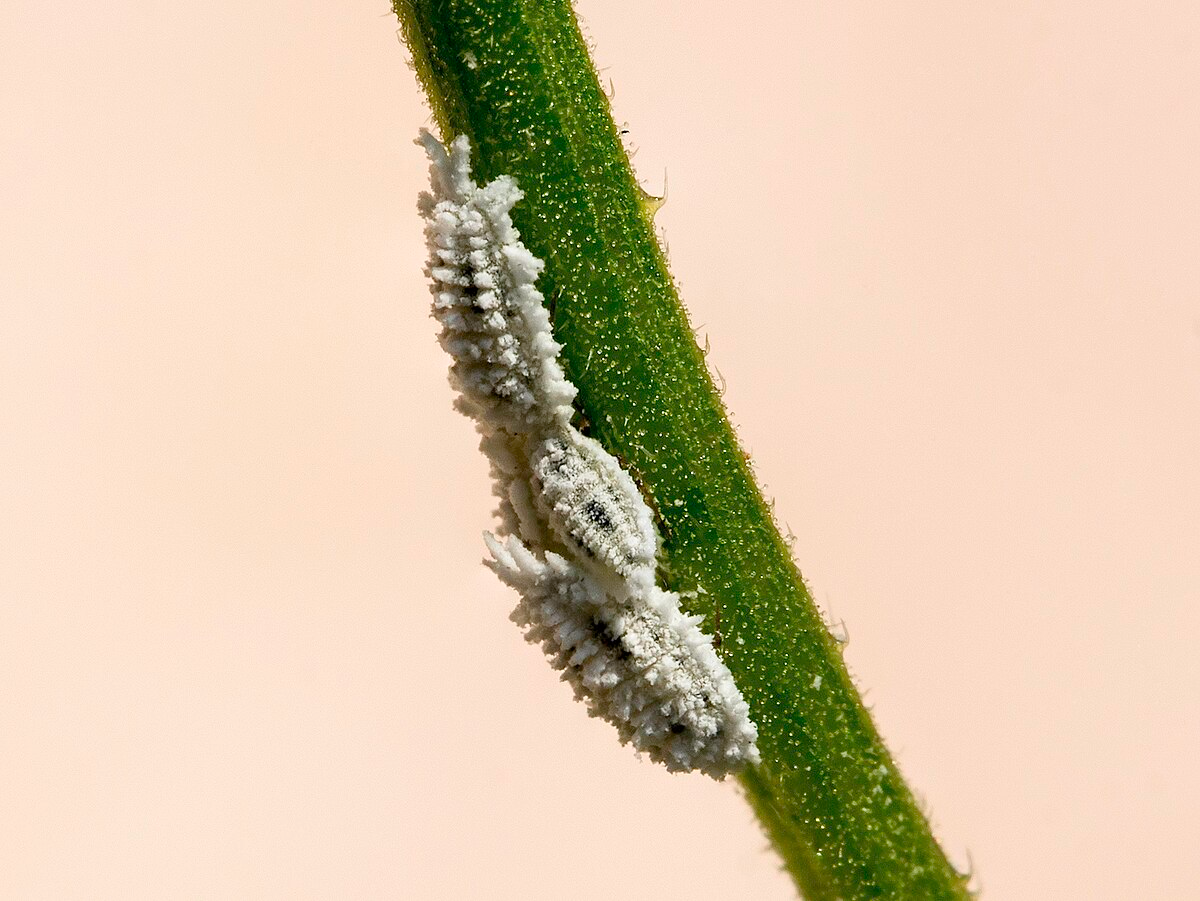
Propagating
Propagating a Staghorn tree can be an exciting and rewarding process. One common method is by dividing the pups, or small offshoots, from the parent plant. These pups usually form at the base of the tree and can be gently separated once they have a few of their own fronds. Ensure each pup has a portion of the root system attached. Another method is through spores, which can be collected from the underside of mature fronds. Sow these spores on a moist, well-draining growing medium and keep them in a warm, humid environment until they germinate. Patience is key, as Staghorn propagation can be a slow process.
Propagating a Staghorn tree can be an exciting and rewarding process

Repotting guidelines
Repotting is essential for this tree’s continued health and growth. Generally, repotting should be done every two to three years, or when the tree has outgrown its current pot. Choose a pot that is slightly larger than the current one, allowing for growth, and ensure it has adequate drainage. When repotting, use a fresh, well-draining potting mix suitable for epiphytic plants. Carefully remove the tree from its current pot, gently loosen the roots, and place it in the new pot, filling in with soil around the roots. Water the plant well after repotting and keep it in a shaded area until it acclimates to its new pot.
Repotting should be done every two to three years

FAQs
What is the difference between sumac and Staghorn sumac?
Sumac is a term generally used to describe plants in the Rhus genus, which includes over 250 species. The most common type, Staghorn Sumac (Rhus typhina), is distinguished by its velvety texture on the branches and antler-like appearance, resembling the velvet on a stag’s antlers. Other sumac species might have different physical characteristics. For instance, some may lack the ‘hairy’ appearance of Staghorn Sumac. The differences between these species are primarily in their physical appearance and growth habitats, with each species having its unique characteristics.
Sumac is a term generally used to describe plants in the Rhus genus
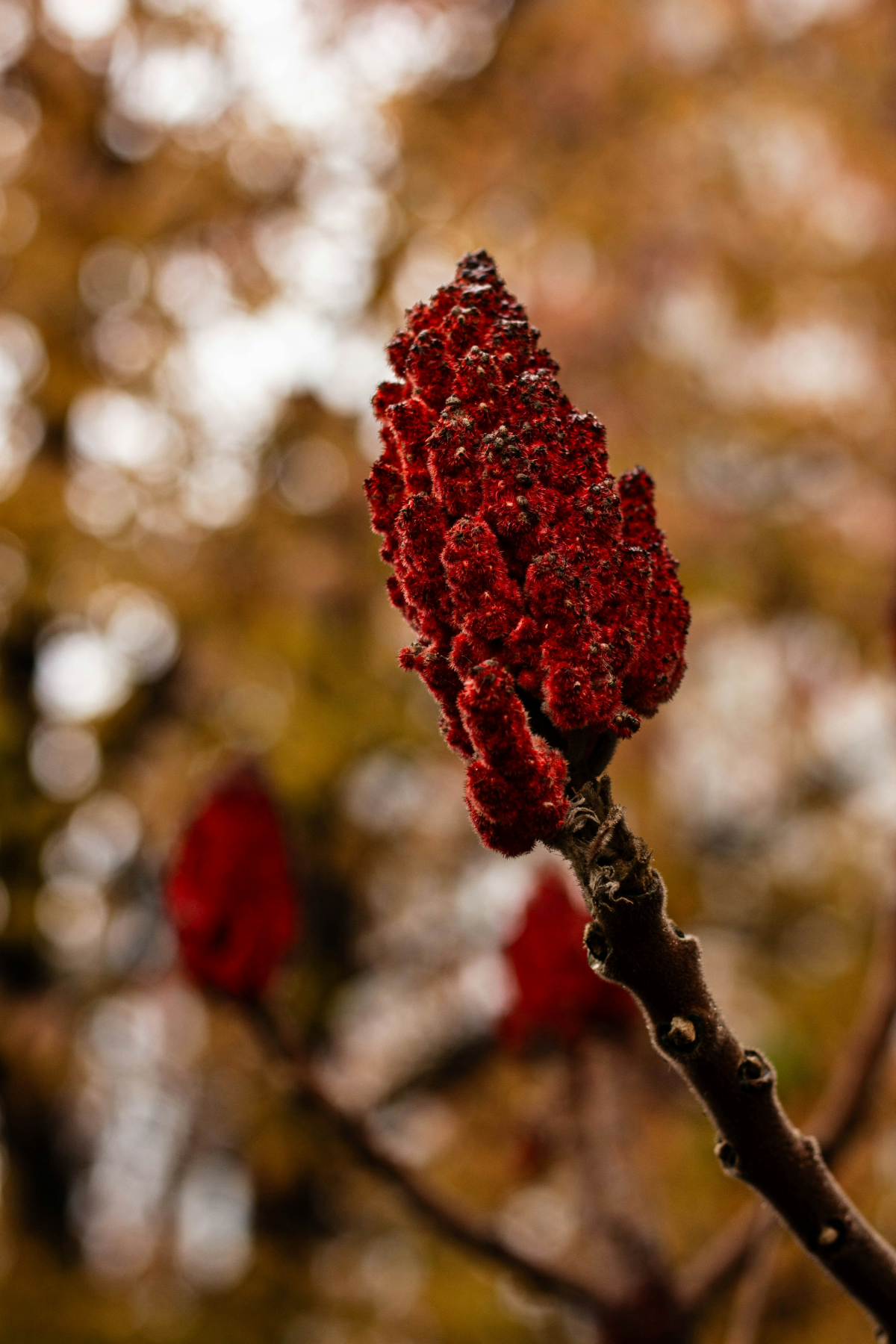
Is a Staghorn sumac poisonous?
Staghorn Sumac is often confused with poison sumac, but they are entirely different. Staghorn Sumac (Rhus typhina) is not poisonous and is actually used in various culinary applications. In contrast, poison sumac (Toxicodendron vernix) is toxic and can cause skin irritation and allergic reactions. It’s essential to correctly identify these plants, as they can look somewhat similar. Poison sumac typically grows in wet, marshy areas and has white berries, whereas Staghorn Sumac has red berries and is often found in drier, upland areas.
Staghorn Sumac is not poisonous
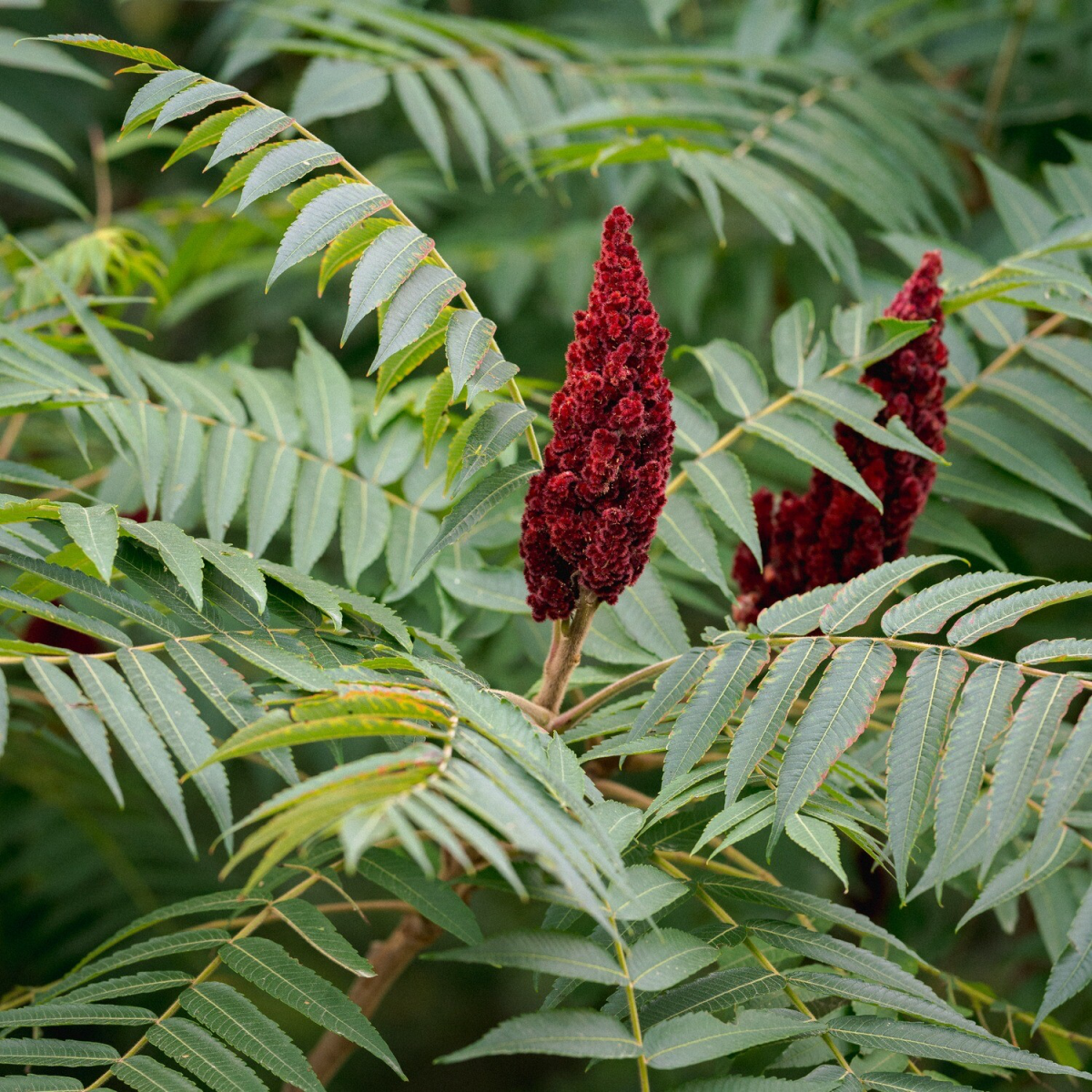
Can you eat sumac raw?
Sumac berries, particularly from the Staghorn Sumac, are often used in cooking, but they are not typically eaten raw. The berries have a tart, lemony flavor and are usually dried and ground into a spice used in Middle Eastern and Mediterranean cuisine. Consuming raw sumac berries isn’t harmful, but they may not be palatable due to their astringent taste. The ground spice, however, is a popular seasoning, adding a citrusy zest to dishes. It’s always important to ensure you’re using berries from non-poisonous sumac species.
Sumac berries are often used in cooking
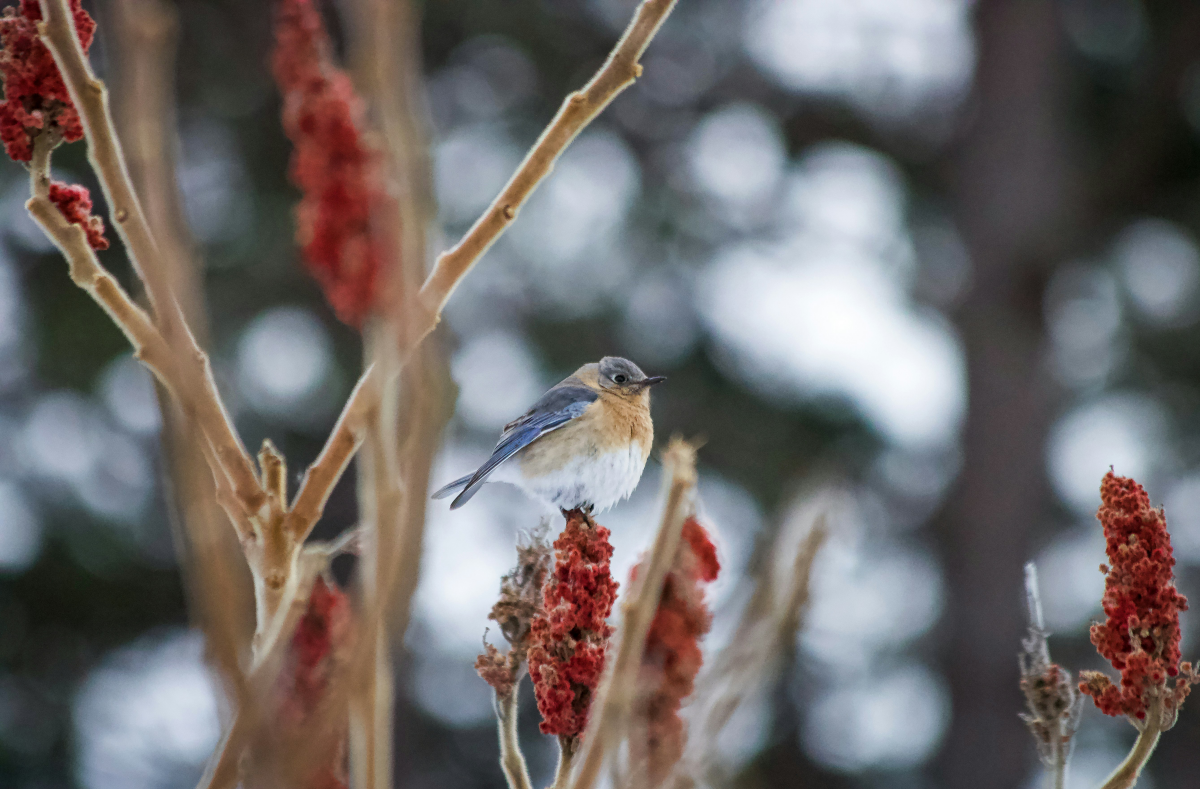
What is Staghorn sumac used for?
Staghorn Sumac is valued both for its culinary and medicinal uses. In cooking, the dried berries are ground to make a tangy, lemon-flavored spice commonly used in Middle Eastern dishes. This spice adds a unique flavor to meats, vegetables, and rice. Medicinally, Staghorn Sumac has been used in traditional practices for its antioxidant properties and potential health benefits. The plant’s parts, including leaves and bark, have been used in herbal teas and remedies for various ailments. Additionally, the vibrant red berries and unique appearance of Staghorn Sumac make it a popular choice for ornamental landscaping.
Staghorn Sumac is valued both for its culinary and medicinal uses
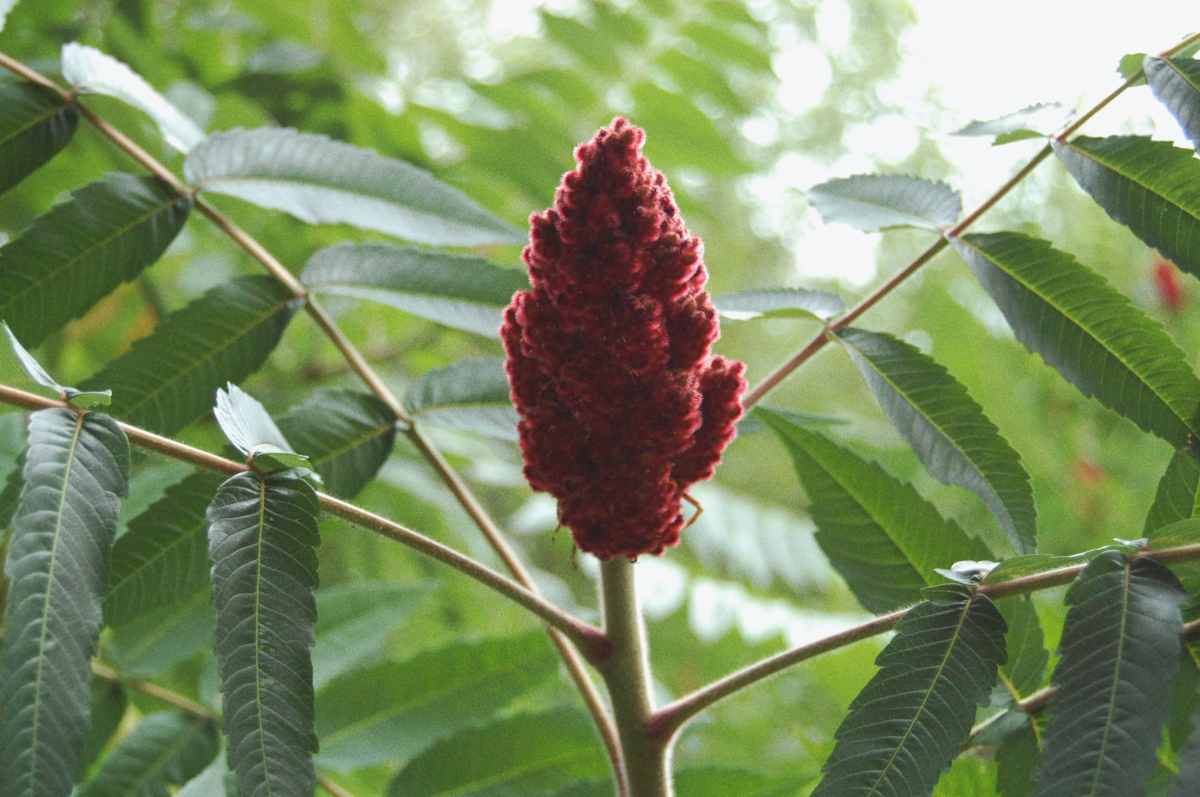
Cultivating a Staghorn tree can be a deeply rewarding endeavor. It offers both beauty and a sense of accomplishment. By following these care guidelines, you can ensure your Staghorn not only survives, but thrives. Soon it will become a cherished part of your plant collection. Whether you’re a seasoned gardener or a novice plant parent, the Staghorn tree is a fantastic choice for adding an exotic touch to your green space.
Cultivating a Staghorn tree can be a deeply rewarding endeavor
